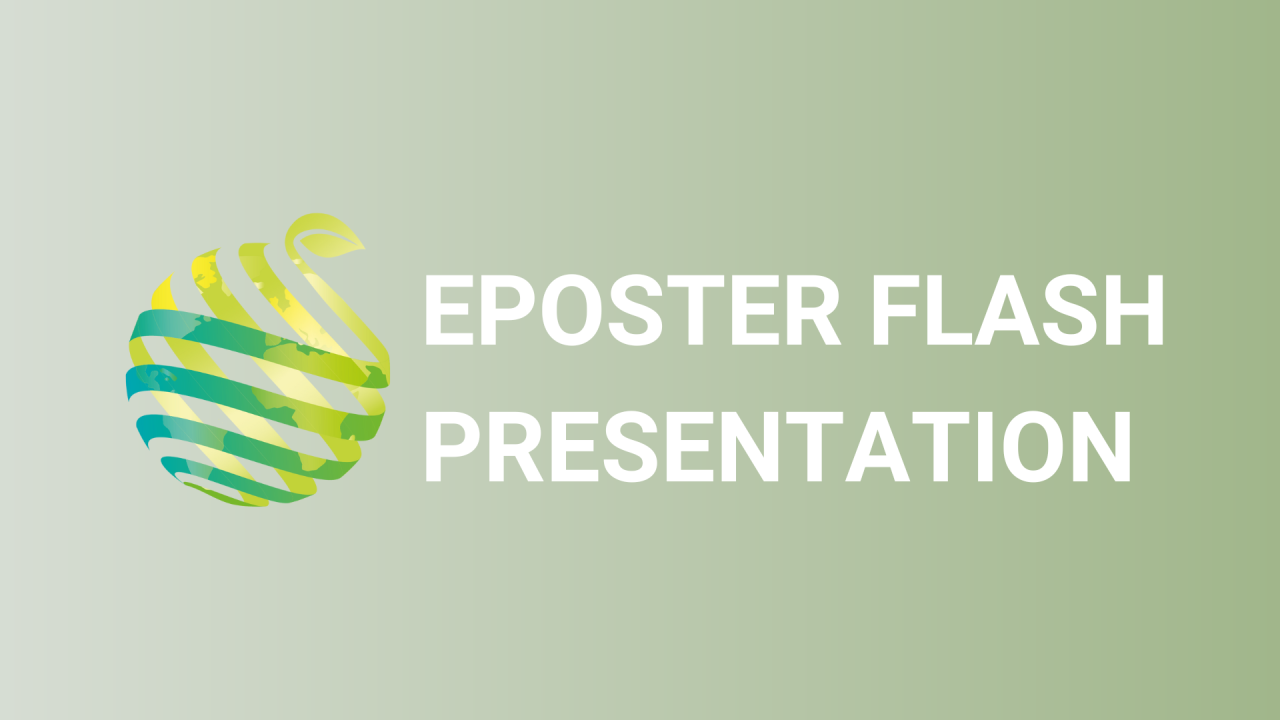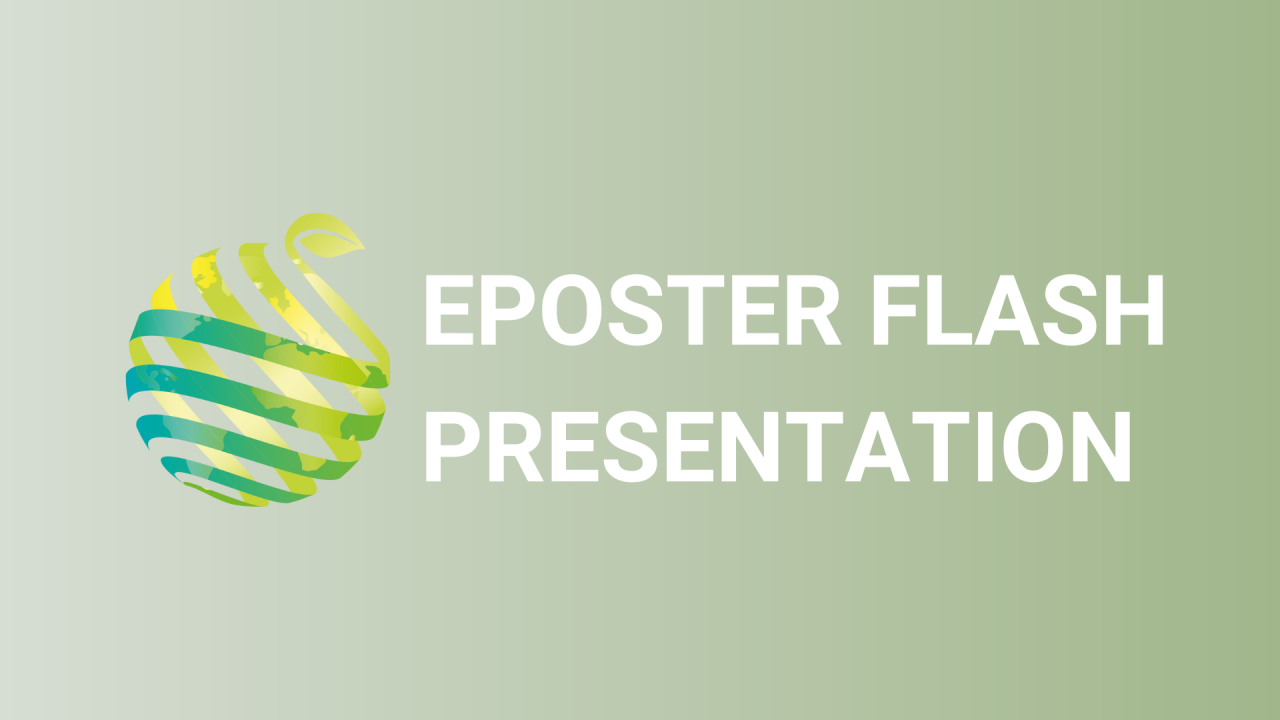

S07 - Session P2 - Mitigation of winter rainfall by hedges' does plant choice matter?
Information
Authors: Mathew Rees, Paul McAleer, Elisabeth Larsen, Mark Gush, Tijana Blanusa *
Local flooding events are common in urban environments where impermeable surfaces are becoming a dominant component of the landscape. Nature-based and space-saving solutions, such as hedge planting, create strips of permeable surface where excess water can percolate and reduce pressure on sewer systems. Previous experiments found that the rate of plant evapotranspiration (ET) is directly linked to replenishing the soil's capacity to hold water, suggesting that plants with high ET rates would be beneficial in certain contexts to mitigate excess rainfall. However, these experiments mostly characterize plants' summertime function, when most deciduous plants are at peak photosynthetic capacity. This study therefore investigated the winter transpiration rates/water use of six evergreen and semi-deciduous hedge species and cultivars to test the hypothesis that using evergreen planting provides advantage in managing localised flooding risks. Three year old hedging plants were grown individually in 10 l pots in an outdoor field experiment (February-April 2021) in SE England. ET rates were measured at various intervals during this period and weather data collected from an adjacent weather station. We found significant species and cultivar differences in water loss, with Thuja plicata '4ever Goldy' consistently transpiring most on a per plant basis (on average over 150 ml day -1 even in average daily temperatures < 5 o C) and showing least variation in water loss in relation to air temperatures and solar radiation. Ligustrum ovalifolium 'Aureum' transpired most per unit leaf area (2.1 ml cm -2 ). This suggests some scope for considering different types of planting depending on the space available and prevailing environmental conditions. We are continuing year-round monitoring with the view of linking particular plant functional and structural straits (canopy density/volume, branch angle, root system size) to the delivery of this ecosystem service.